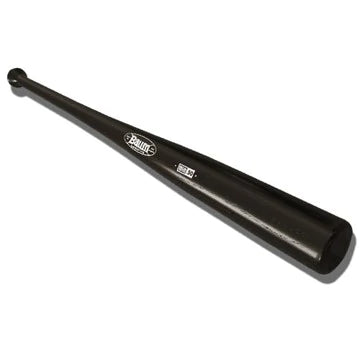
Fielding Tips for Wet Conditions: Thriving During the Wettest Summer
Share
Baseball, a sport often associated with sunny skies and perfect weather, doesn't always get the luxury of clear days. This summer so far has been one of the wettest on record, but that doesn’t mean the game stops. Playing baseball in the rain presents unique challenges, especially for fielders. Here are some essential tips to help you adapt and excel in wet conditions.
1. Prepare Your Gear
Gloves and Grips: Wet weather can turn your trusty glove into a slippery mess. Use a leather conditioner or glove oil to maintain some grip and keep the leather from becoming waterlogged. Some players also keep a towel tucked in their waistband to dry their glove between plays.
Cleats: Traction is crucial. Choose cleats with longer, more aggressive spikes to help maintain grip on muddy and slippery surfaces. Consider multi-surface cleats designed to handle both dirt and grass.
Uniform: Wear moisture-wicking base layers to stay as dry as possible. They won’t keep you completely dry, but they will help manage the sweat and rain, making you more comfortable.
2. Adapting Your Fielding Techniques
Stay Low and Balanced: Wet fields can be slippery and unpredictable. Maintain a lower centre of gravity to improve balance and stability. Bend your knees more and keep your weight forward on the balls of your feet.
Soft Hands: With the ball being heavier and the grass being slick, you might encounter more skips and unexpected movements. Use soft hands to cushion the ball into your glove, giving you better control.
Two-Handed Catches: Whenever possible, secure the ball with two hands. This helps prevent it from slipping out on impact, especially when catching fly balls or line drives.
3. Positioning and Anticipation
Deeper Positioning: The ball doesn’t travel as fast or as far in wet conditions. Outfielders should consider playing a bit deeper to account for the reduced carry.
Watch the Ball: Keep a close eye on the ball off the bat. In wet conditions, balls tend to take unexpected hops. Being hyper-aware can give you the split-second advantage you need to adjust.
4. Field Maintenance and Awareness
Tend to the Field: If you’re playing in an organised league, work with your teammates to keep the field as playable as possible. This might involve adding dry dirt or sand to muddy spots and using squeegees or rakes between innings.
Know Your Field: Different fields handle rain differently. Some may drain well, while others turn into mud pits quickly. Understanding the field’s characteristics can help you position yourself better and anticipate how the ball will behave.
5. Mental Toughness
Stay Positive: Rain can dampen spirits and focus. Stay mentally tough and encourage your teammates. A positive attitude can make a huge difference in performance.
Focus on Fundamentals: Wet conditions amplify the importance of basic skills. Focus on the fundamentals of fielding, like watching the ball into your glove, proper footwork, and making accurate throws.
Conclusion
Playing baseball in the rain during one of the wettest summers is challenging, but it’s also an opportunity to sharpen your skills and show your resilience. By preparing your gear, adjusting your techniques, and maintaining a positive mindset, you can field effectively even in the worst conditions. Embrace the rain, and let it refine you into a more adaptable player. After all, the best memories often come from the most challenging games.
Check out our Summer Sale and buy new kit for when the sun arrives.




